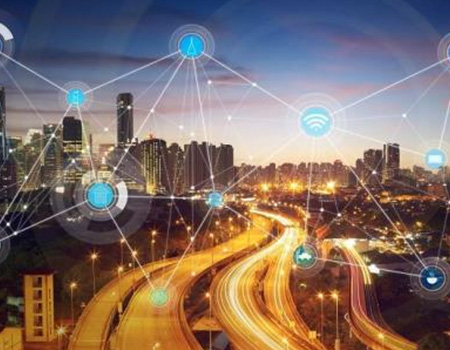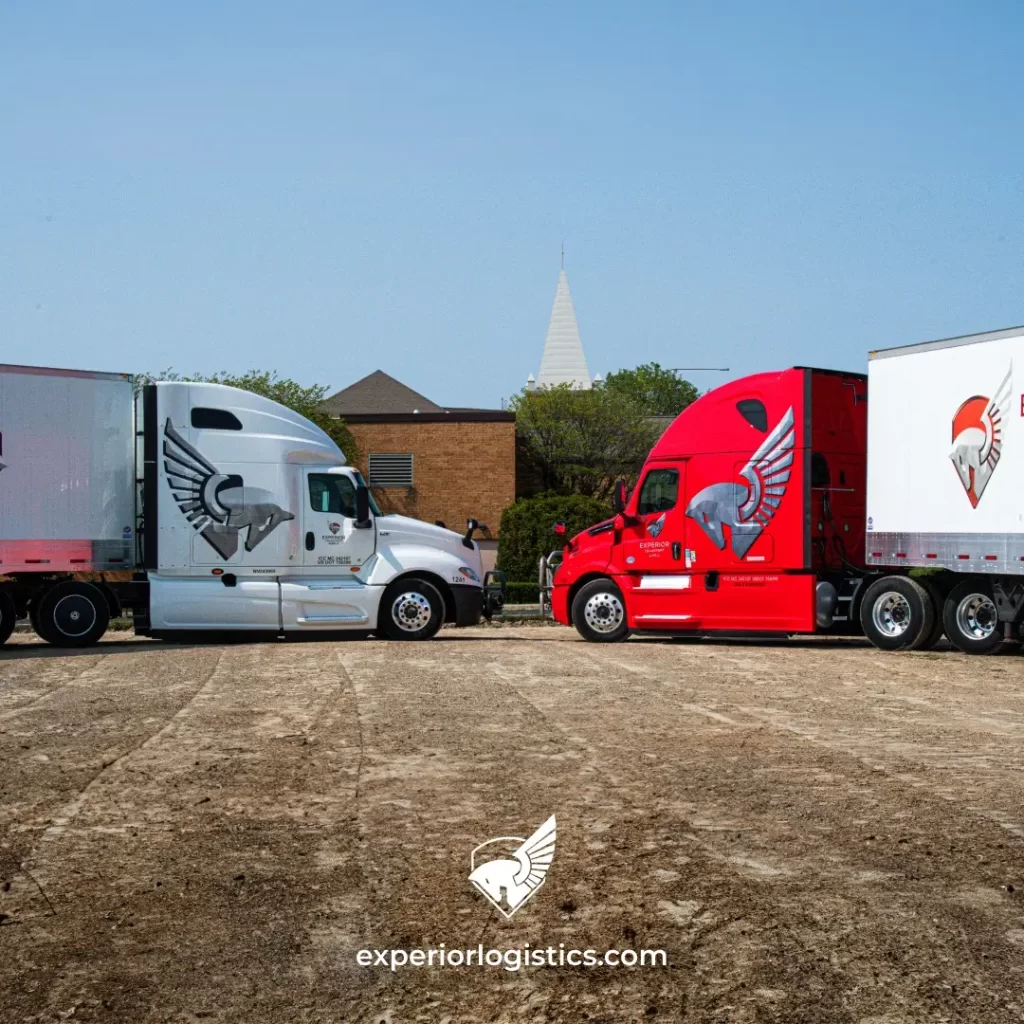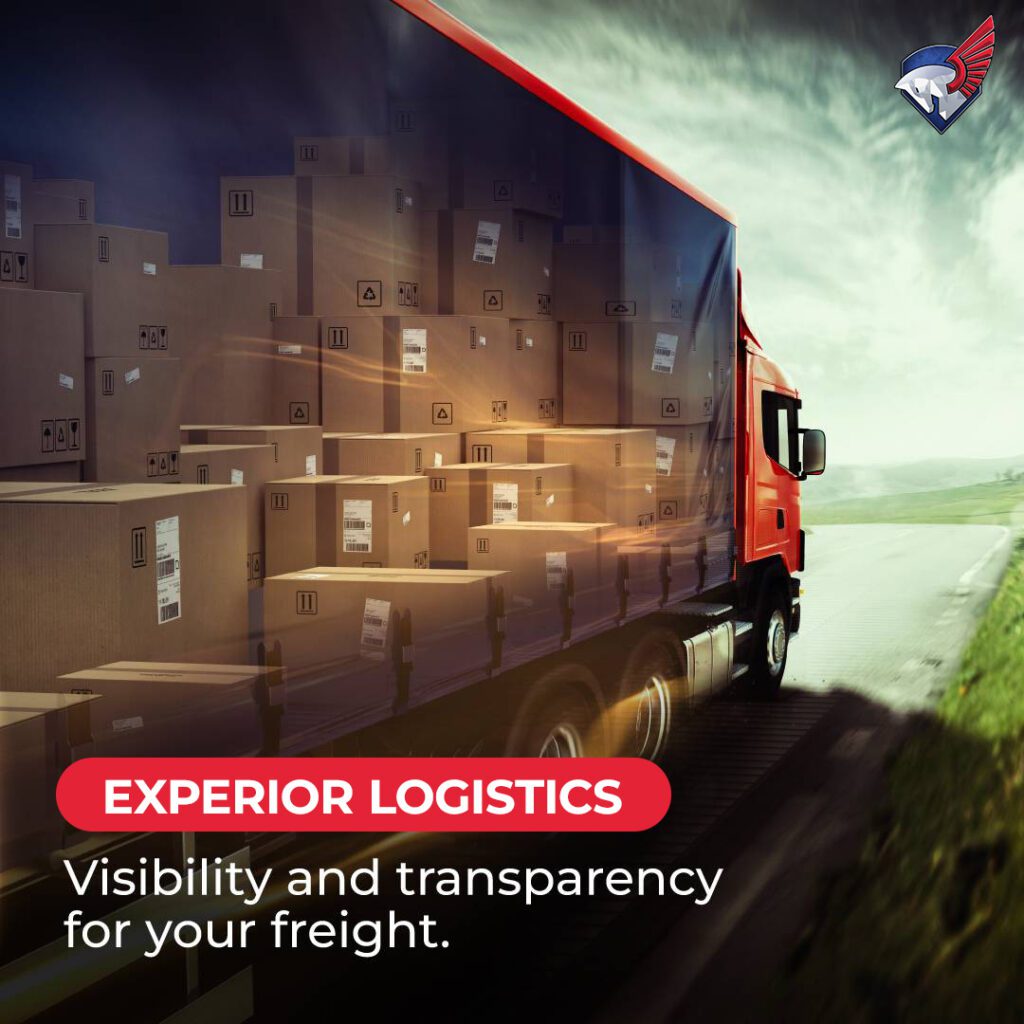The global transport services industry is poised for significant growth, with its market value projected to reach $11.1 trillion by 2030, increasing at a steady CAGR of 5.4%. 1
As urbanization increases and e-commerce reshapes consumer expectations, businesses like yours must adapt to emerging technologies, sustainability demands, and customer-centric innovations to stay competitive.
Let’s dive into the trends redefining global transport services and how they’ll impact your operations.
Transportation Technology and Air Freight Tracking in Global Supply Chain
Advancements in transportation technology are revolutionizing every link in the global supply chain. Advanced tools like AI, IoT, and big data analytics are helping businesses tackle long standing challenges such as cost inefficiencies, congestion, and environmental concerns.
- Smarter Logistics Through AI and IoT
AI-powered solutions and IoT devices have become essential tools in logistics. Real-time monitoring of shipments, warehouse automation, and predictive analytics enable companies to plan routes, minimize delays, and reduce costs.
For instance, IoT sensors now track cargo conditions, stability, and location, ensuring that sensitive goods like pharmaceuticals or perishables arrive intact.
- Enhancing Air Freight Tracking
Air freight tracking is another critical advancement in global transport services. Enhanced tracking systems provide real-time visibility, giving you and your customers instant updates on shipment progress. This transparency builds trust while enabling you to resolve potential issues before they escalate.
Platforms like Geotab and Transmetrics provide IoT solutions that link vehicles to the internet, generating analytics that improve fleet management and forecast delivery needs with unparalleled precision.
- The Rise of Last-Mile Delivery Efficiency
E-commerce’s explosive growth has shifted focus toward last-mile delivery. This final step accounts for up to 53% of total transportation costs.2 Crowdsourcing delivery platforms like Uber Eats and Postmates offer models that can inspire logistics companies to improve last-mile efficiency.
Also, autonomous vehicles and drones are set to revolutionize this space, providing faster and more sustainable delivery options.
Sustainability in Global Transport Services


The growing demand for sustainable practices is reshaping the industry. From electrified fleets to eco-friendly initiatives, the future of global transport services hinges on balancing profitability with environmental responsibility.
- Electrification of Vehicles
Electric vehicles (EVs) are no longer a novelty but a necessity. The commercial transport sector, responsible for 26% of highway-based fuel consumption, is investing heavily in EV fleets.3 Additionally, hybrid plug-ins and electric semi-trucks are gaining traction, reducing emissions while maintaining efficiency.
- Micro Mobility for Urban Areas
Urban areas are adopting micro mobility solutions such as scooters, bikes, and shared vehicles to reduce congestion and pollution. This shift complements transportation technology, creating interconnected systems that prioritize efficiency and sustainability. These solutions not only enhance urban mobility but also improve last-mile delivery strategies for businesses transversing crowded cityscapes.
- Infrastructure Investments
Investments in green infrastructure are a game-changer for cold chain management. Governments and private enterprises are focusing on “complete streets” that accommodate multiple modes of transport, including bike lanes, pedestrian paths, and electric vehicle charging stations. These innovations encourage more sustainable, multi-modal approaches to logistics.
Adapting to Workforce Shifts in Transportation


The global transport services sector faces a significant workforce challenge, particularly in trucking. With a shortage of over 3 million drivers in 2023, strategies are being developed to bridge the gap and ensure the smooth flow of goods through the global supply chain.4
Reimagining the Driver Experience
Long hours and solitary conditions have deterred new entrants into the trucking workforce. However, initiatives like increased pay, reduced driver age requirements, and improved home time aim to address these concerns. Additionally, the rise of autonomous driving technology may complement human drivers by handling monotonous tasks, making the job more appealing.
Technology-Fueled Efficiency
Telematics and vehicle-to-vehicle communication systems are enhancing fleet efficiency. For example, platooning technology organizes trucks into tightly-knit formations to reduce fuel consumption by over 7%. This tech not only alleviates the burden on drivers but also supports sustainability goals by lowering emissions.
Global Transport Services in a Nutshell
The future of global transport services hinges on seamless integration of systems like air freight tracking, sustainable solutions, and workforce innovations. By investing in transportation technology, you position your business to thrive in an evolving marketplace while exceeding customer expectations.
The logistics industry is more than just moving goods—it’s about delivering trust, efficiency, and sustainability. So, stay ahead by embracing these trends and leading the charge in shaping the next chapter of global logistics, and let Experior Logistics be your guide!
Reference
- DataM Intelligence – Transportation Industry Trends
- Routific – Last Mile Delivery Costs — Challenges and Solutions
- Bureau of Transportation Statistics – Freight Transportation Energy Use & Environmental Impacts





